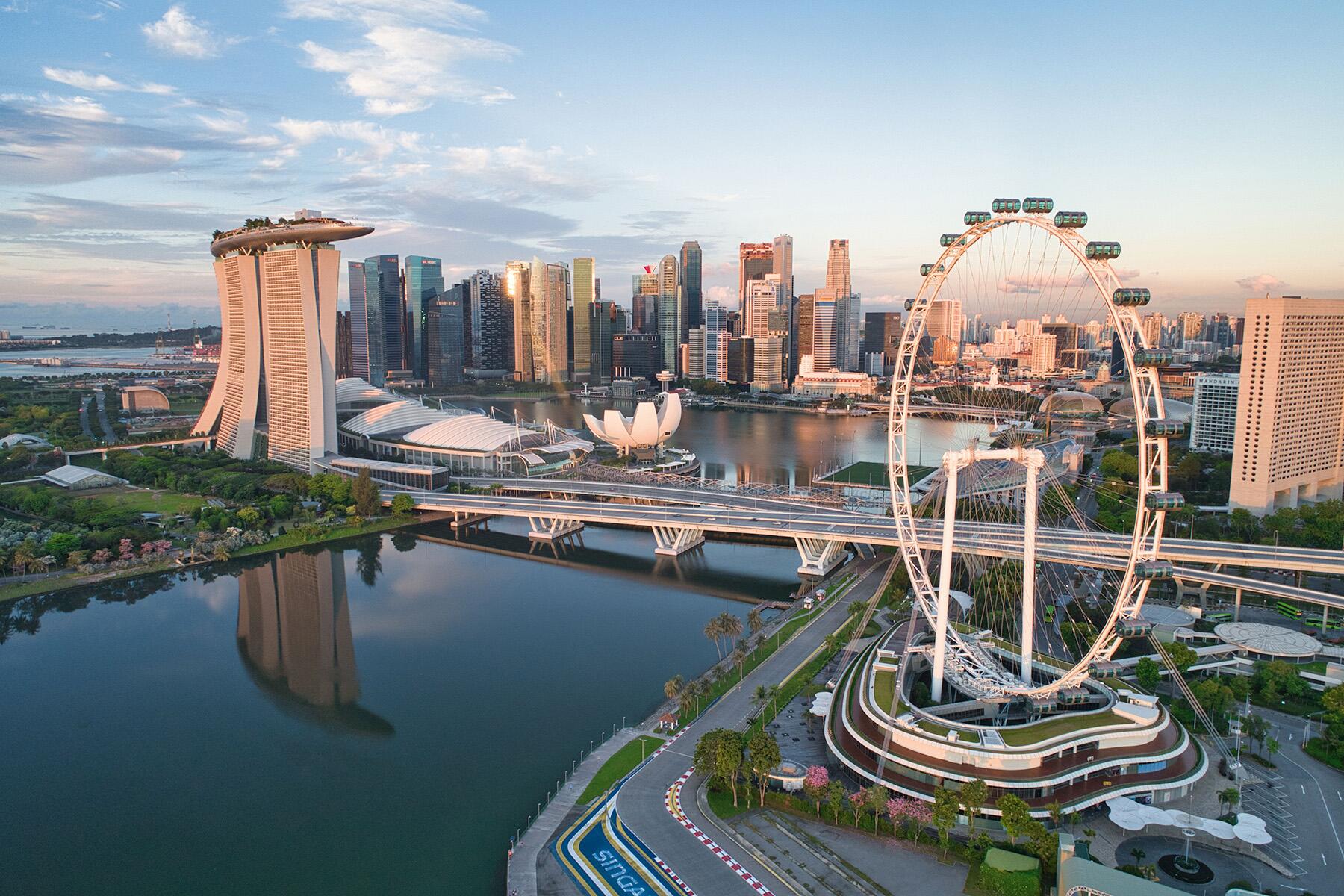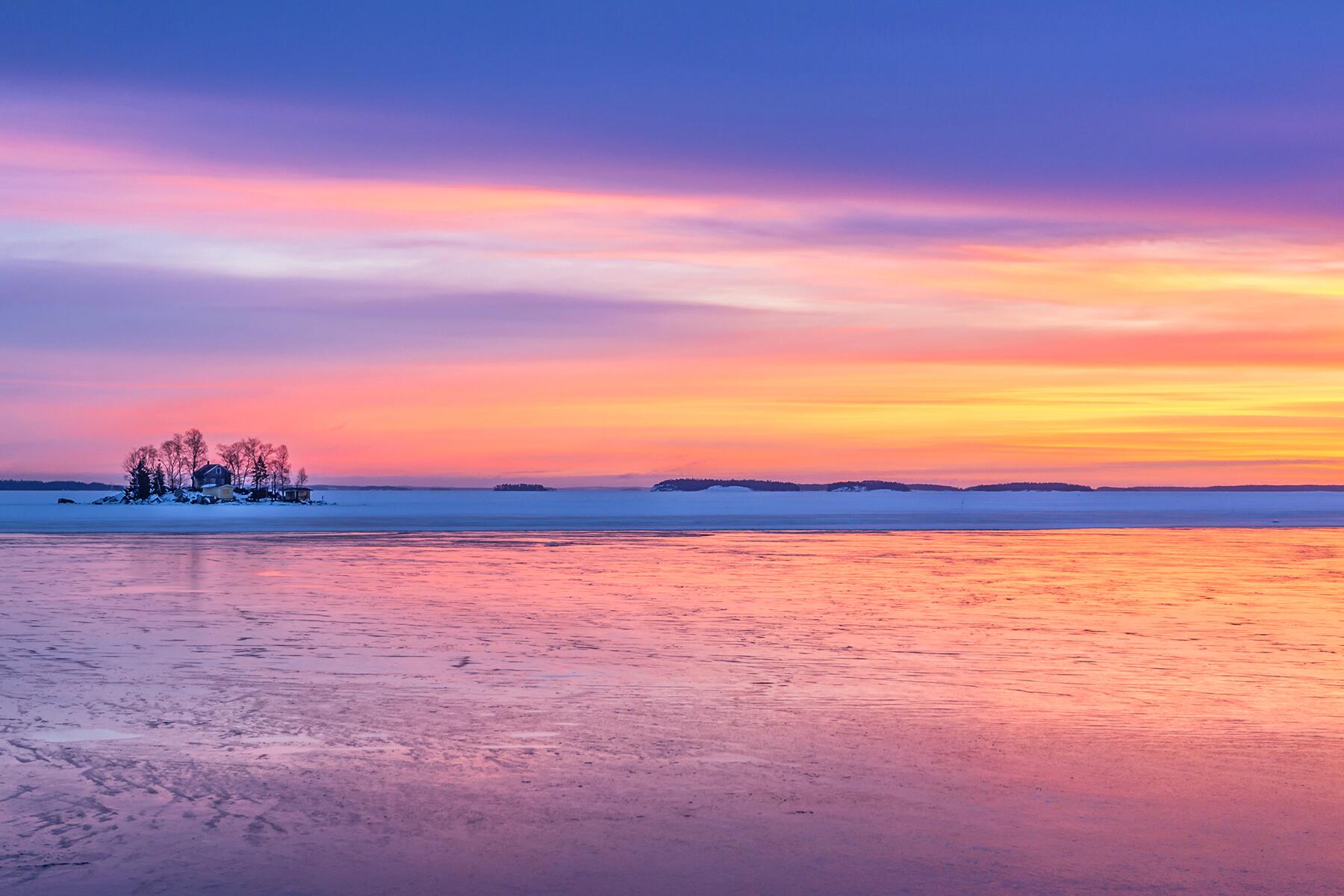- ⁄
- Travel News
- ⁄
- Outdoors
If you're planning on visiting Sri Lanka, then you're probably keen to see some of the island’s famously diverse wildlife.
But with recent news that the world is facing a 67 percent decline in wildlife populations, making a responsible choice has never been more important. With countless safaris and excursions on offer, how do you choose the right one? Here are 10 ways to give back to nature during your trip to Sri Lanka.
Top Picks for You
Observe Elephants in the Wild
WHERE: Udawalawe National Park, Uva Province
Udawalawe is the best wildlife park in Sri Lanka for watching elephants and has around 500 of them. It is also home to mongooses, crocodiles, jackals, buffalo, wild boar, wild cats, four different types of deer, and a vast number of different birds. You can book a safari in advance through your tour operator, at your hotel, or with a private safari guide. You can also simply arrive at the entrance to the park and hire a Jeep, but be aware that the Jeep drivers are not naturalists and are not able to tell you about the wildlife in any detail. Morning, afternoon, and evening safaris are all possible, and if you opt for the half-day trip then you can combine it with a visit to the Elephant Transit Home nearby.
INSIDER TIPThe best times to see wildlife on safari are dawn and dusk.
Trek in a UNESCO World Heritage Park
WHERE: Knuckles Mountain Range, Central Province
Every year thousands of tourists climb Sri Lanka’s famous mountain, Adam’s Peak, and as a result, it can become extremely crowded. If you want to reduce your impact on the environment while still enjoying some great trekking, the nearby Knuckles Mountains Range is beautiful, pristine, and mostly tourist-free. As well as the five famous peaks that form the ”knuckles,” there are 30 other peaks above 1,000 meters. Part of an area known as the Central Highlands of Sri Lanka, which was declared a World Heritage Site by UNSECO in 2010, it is the most biodiverse area in the country and contains over 1,000 flowering plant species, 130 types of bird, and mammals including elk, wild cats, and rare purple-faced langurs.
INSIDER TIPIf you have a limited amount of time and are staying in Kandy, it’s possible to climb Knuckles Peak (1864m) in one day, but to experience this area properly you need to allocate a minimum of two days for trekking.
Recommended Fodor’s Video
Immerse Yourself in Ancient Rainforest
WHERE: Deniyaya, Southern Province
Sinharaja Forest Reserve is a UNESCO Biosphere Reserve and a World Heritage site. All 33 of Sri Lanka’s endemic birds can be found here, as well as 337 different plant species, 65 butterfly species, a variety of mammals including mongooses and deer, and an array of insects and colorful amphibians. Like many ancient rainforests, Sinharaja is threatened by human activity around its boundaries, for example, by independent tea growers. Pay for a guide to take you on a short nature trail or a longer hike up one of the peaks, or to see the 500-year old Nawada tree. If you’re adventurous, it’s also possible to swim in some of the many waterfalls. There is accommodation in nearby Deniyaya, and the Forest Conservation Department owns an eco-lodge and several bungalows and camps on the edge of the rainforest that can be booked directly.
INSIDER TIPThe rainforest is damp, so be prepared for leeches. Buy some protective leech socks and read up beforehand on how to remove them.
Spend an Evening Loris-Watching
WHERE: Dambulla, Central Province
When several gray slender lorises were discovered during the construction of the Jetwing Vil Uyana hotel near Sigirya, building work was stopped and a conservation area created instead. Although not endangered, the gray slender loris is threatened by habitat loss in both Sri Lanka and India. Now you can go on a nocturnal tour with the hotel’s resident naturalist to spot this enchanting primate as well as other nocturnal animals. Vil Uyana is a pioneering eco-hotel built on disused agricultural land. Architects created a wetland environment which has since attracted many kinds of wildlife such as water birds.
INSIDER TIPThe design of the hotel means it doesn’t need any artificial light at all during the day.
Visit the Wetlands and Mangrove Swamps
WHERE: Negombo, Western Province
The Negombo Lagoon is one of Sri Lanka’s most important conservation areas and it is less than an hour’s drive from Colombo. With around 140 species of fish, 29 species of mangrove, birds, water monitor lizards, and crocodiles, it is a fascinating environment. Local hotels in Negombo will organize a boat excursion for you, or go with Sarath Boat Tours whose manager, Sarath, is an entertaining guide and excellent bird-spotter.
INSIDER TIPDon’t be put off by the rubbish lying around when you set off; things improve the further out you go, and the coastguard and local NGOs are leading a clean-up operation.
Spy Nocturnal Animals on a Night Safari
WHERE: Palatupana, Southern Province
Tourists flock to Sri Lanka’s 26 national parks to observe elephants and catch glimpses of the elusive leopard. The most popular parks, such as Yala, can get overcrowded, which is bad for animals and tourists alike. For a less hectic experience, try a night safari.
Sri Lanka is home to a host of fascinating nocturnal animals including the pangolin, the civet cat, and the slender loris. Many hotels situated near wildlife parks will organize a night trip for you. Cinnamon Wild Yala runs special infrared safaris around the perimeter of Yala National Park, where guests are given night vision goggles. These excursions have been deemed less disturbing for the animals than traditional safaris.
INSIDER TIPAnother nocturnal animal endemic to Sri Lanka is the fishing cat, which has partly webbed feet.
Learn About Sea Turtle Conservation
WHERE: Kosgoda, Southern Province
The plight of the sea turtle is grave; as well as threats from predators, populations are disturbed by poaching, coastal development, litter, fishing nets, and rising sea temperatures. The Kosgoda Sea Turtle Project was established in 1988 to monitor and conserve Sri Lanka’s sea turtle population around Kosgoda on the Southwest Coast. Pay a small fee (which goes towards funding the project) and allow yourself to be introduced to different types of sea turtle including the most popular, the Green turtle, and some of the more endangered varieties such as the Leatherback and Olive Ridley turtles. The project also accepts international volunteers for a minimum of a two-week stay.
INSIDER TIPThis is a working conservation project in a tsunami-affected area, so don’t expect anything fancy.
Encounter the Largest Animal on Earth
WHERE: Mirissa, Southern Province
Harbour Road in Mirissa on the South Coast is chock-full of whale watching outfits, but many of them are unlicensed and run by staff who know very little about conservation, so it is always a good idea to check if your boat has insurance and a license. Two companies promoting responsible whale watching in Mirissa are Raja and the Whale and Mirissa Water Sports. The average trip begins very early in the morning and takes you about 20 miles out to sea where you will see different types of resident and migrating whales and dolphins. Sperm, humpback, and killer whales are all common, and if you are lucky, you will see the famous blue whales.
INSIDER TIPWhale watching is a thrilling experience, but isn’t enjoyable if you are prone to seasickness.
See Baby Elephants at the Elephant Transit Home
WHERE: Embilipitya, Uva Province
The Asian elephant has declined by 65 percent in Sri Lanka during the last 200 years. Each elephant needs around 140 square kilometers to roam; they regularly find themselves injured in traps or entangled in electric fences and on average, 225 are killed every year in conflicts with humans.
The Elephant Transit Home, situated next to Udawalawe National Park, cares for injured and orphaned elephants until they can be released back into the wild. Once freed, they are tracked and monitored by conservationists. Watch the baby elephants being fed each day at 9 am, 12 noon, 3 and 6 pm, and combine your trip with seeing them in the wild in Udawalawe National Park.
INSIDER TIPYou can’t visit the Elephant Transit Home outside of feeding times without prior permission.
Help Conserve Sri Lanka’s Wildlife
WHERE: Wasgamuwa National Park, Central Province
If all this has inspired you to get more involved, Sri Lanka Wildlife Conservation Society (SWCS) gives volunteers the chance to work alongside scientists and conservationists on projects in Wasgamuwa National Park. This multi-award-winning non-profit conducts research into Asian elephants and educates local people on coping with human-elephant conflict, as well as surveys other mammals including the Sri Lankan leopard and sloth bear. You can volunteer for a few weeks or a few months; tasks include tracking, observation, and talking to local villagers about the human-elephant conflict. Accommodation and food are provided at their base just outside the park.
INSIDER TIPThe program was named in the media as one of the 100 best volunteer programs in the world.




